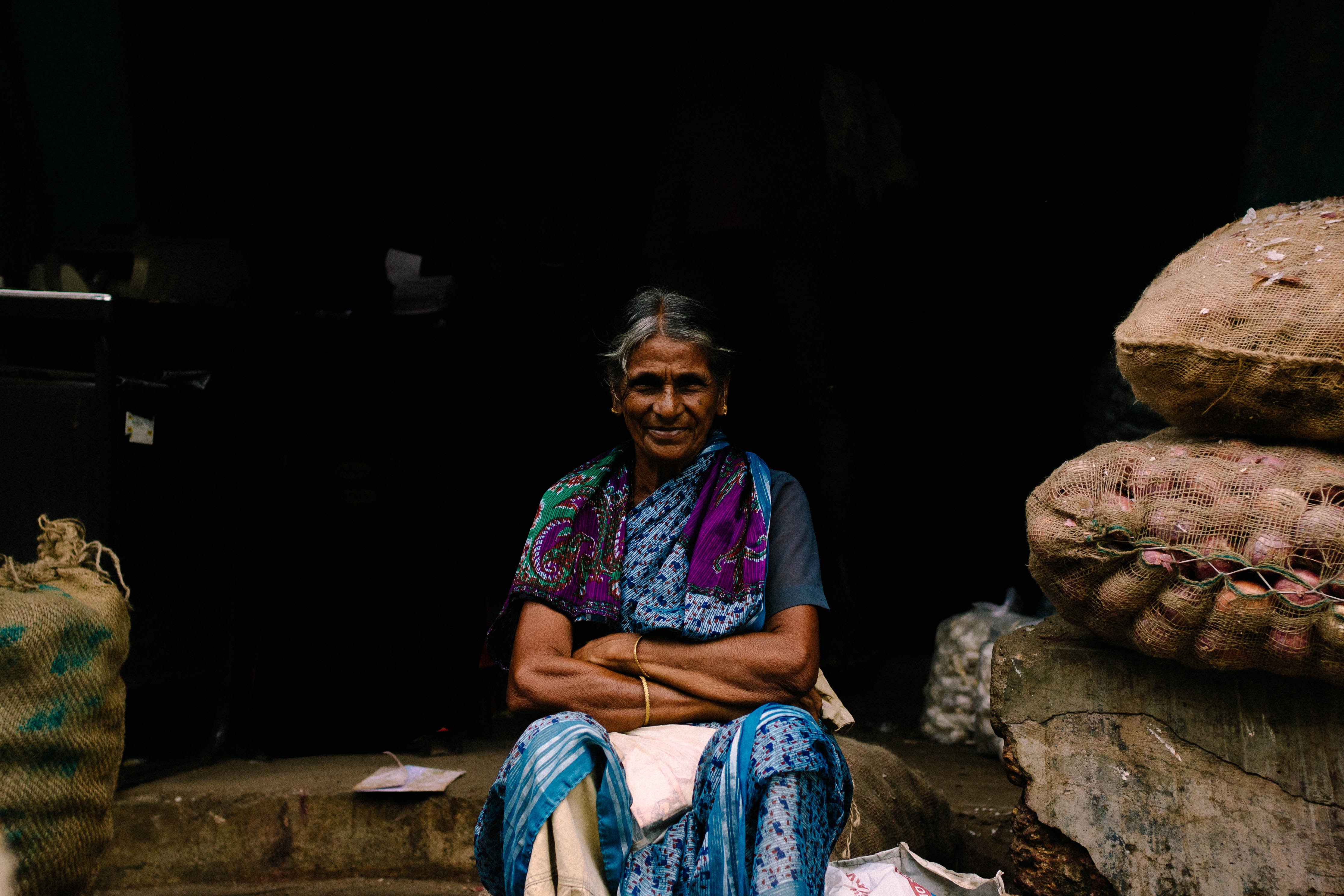In July, the Indian government boldly announced that three largely rural state districts would eventually be given 24-hour electricity. The move was intended to boost agricultural production and ensure better agricultural yields.
“The move to provide 24×7 power to the farm sector will be a major boon in a State which started its journey as a power deficit…,” said D Prabhakar Rao, Chairman and Managing Director of power provider, TS Transco.
Although the announcement may sound populist, it has actually caused a large-scale backlash from rural communities.
In fears that the initiative will dry up wells, farmers from the state of Telagana have voiced their preference for limiting access to nine hours a day. “We are completely dependant on bore wells for farming,” Yerram Anjireddy told the BBC. “The 24-hour power supply is a big threat to our future.”
Officials also told the BBC that they were receiving ‘similar requests’ from villages across the three districts of Medak, Nalgonda and Karimnagar. Together these districts make up nearly one million farmers.
The outcry highlights a general issue in respect to the nation’s policy on growth and modernisation. This issues is that economic growth may look different on paper than they it does in practice, and may also come with unexpected costs.
Last year, whilst India maintained impressive levels of GDP growth of around 7%, it was also the only of the world’s biggest emission producers to not maintain or decrease levels of carbon emissions.
Economic Concerns
Concerns over the state’s current trajectory also come from an economic perspective. In November last year, when Prime Minister Narendra Modi decided to remove all 500 and 1000 rupee notes from circulation, almost overnight. Although the idea was to boost the digital economy and push Indians away from hard cash and towards opening bank accounts – as well as ending eliminate illegal activities – wide opposition was quickly felt.
And in July of this year, the nation’s value added tax system was re-hauled to unify markets and cut tax evasion. Following scares of an imminent economic crisis, small businesses are already reported to be being pushed out of business by the reforms. This is not just concerning for the 40% of those who are employed by small to medium sized businesses, but also for the economy, as it currently makes up over 37% of India’s GDP.
The two shocks of demonization and the value added tax system, could well be pushing these small businesses out of business. According to a report from The Financial Times, the new goods and service tax have put ‘heavy pressure’ on informal businesses – the majority of which have still ‘not fully recovered from last year’s demonetisation.’
And these are not just teething problems whilst businesses adjust to new regulation. “In the coming weeks and months”, says the report, “many are expected to shut up shop for good in what economists suggest could be India’s most dramatic economic shakeout in decades.” Although it is too soon for empirical data on the effects of the economic reform, initial reports are indeed concerning.
It seems that whilst India’s politicians’ are set on maintaining their impressive rates of growth by stimulating the economy with radical policy, the general population may not be quite so content. Both environmentally and economically, it could be the case that Indians feel that this progress is not taking their needs into account – or is simply moving too fast. Whilst previous waves of industrialization passed centuries ago in the West with next to no discourse, could it be that India has to first win over popular opinion before further modernisation?












